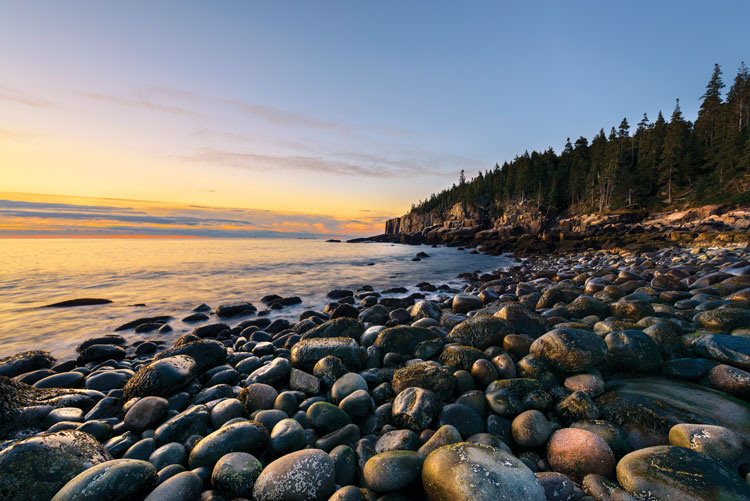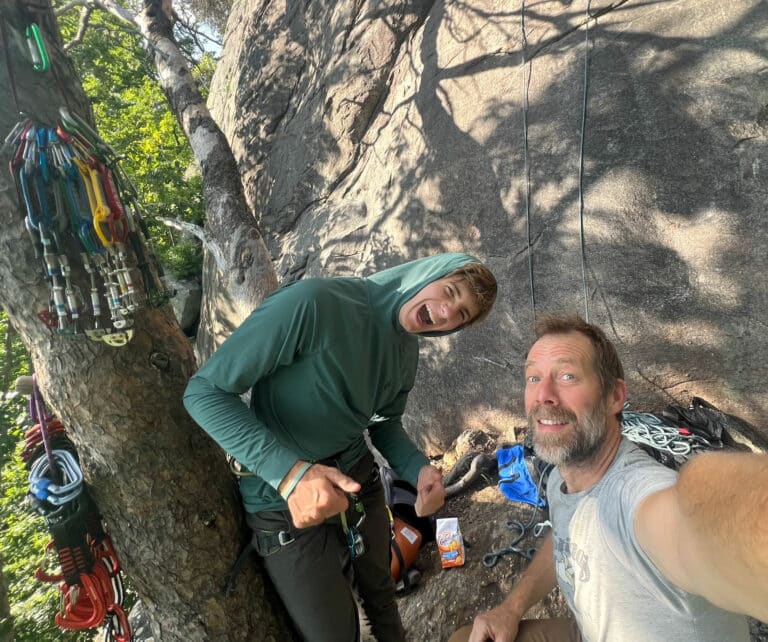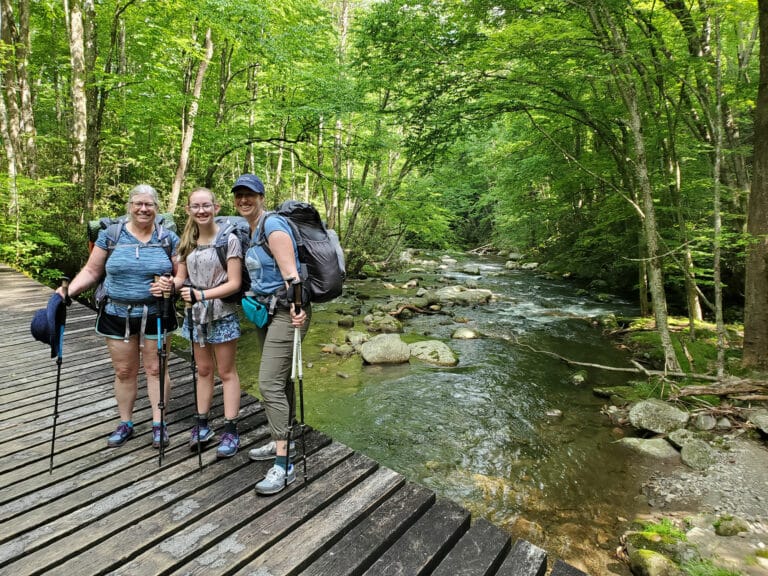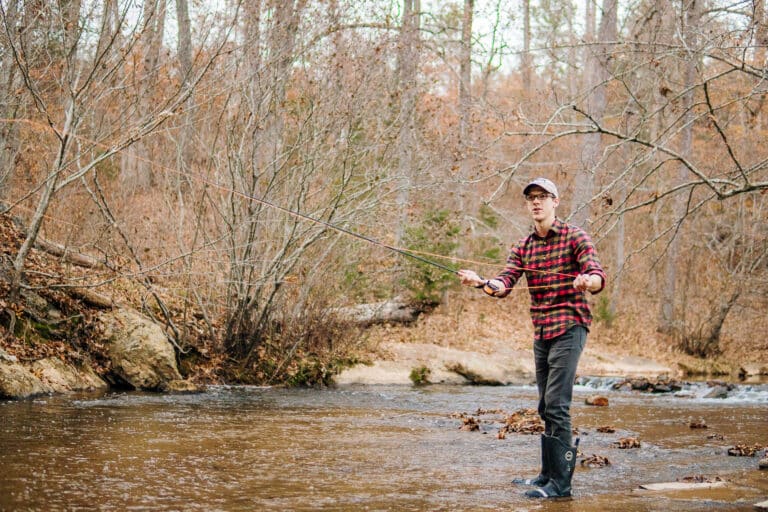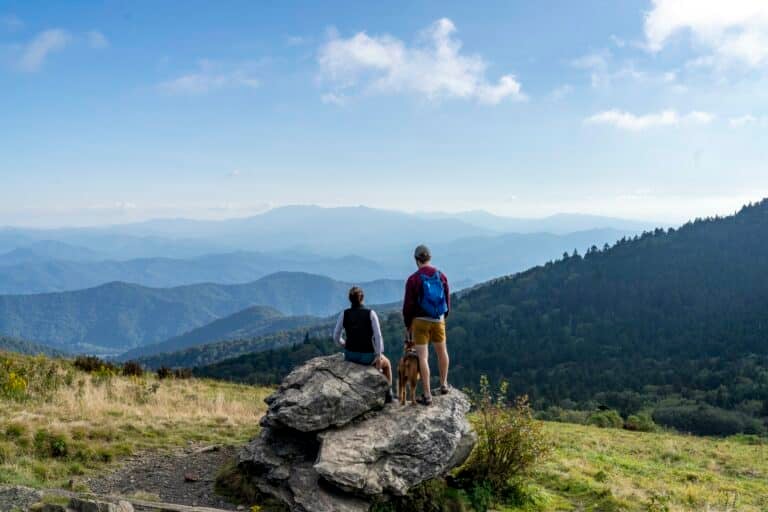The tug-of-war over public lands
The National Park Service was created rather quietly in 1916 by a relatively unknown piece of legislation called the Organic Act. Taking up just over a page in the Federal Register, it was a benign administrative reorganization that called for a small subsection of the Department of the Interior to be known as the National Park Service, charging it with, as it would turn out, a somewhat paradoxical task:
“The service’s purpose is to conserve the scenery and the natural and historic objects and the wild life therein and to provide for the enjoyment of the same in such manner and by such means as will leave them unimpaired for the enjoyment of future generations.”
The two clauses of that charge—to preserve the land, as well as to allow people to enjoy it—might not have seemed at odds in a time of simpler conservation ethics, fewer tourists, and no mountain bikes, drones, or RVs. But today, there is a fierce tug of war over what exactly the purpose of land protection should be. Are we protecting our lands to preserve the scenery and wildlife in its natural form? Or do we protect it simply so that we can have beautiful mountains in which to ride singletrack and clip bolts?
Especially today, as the battle for national monuments intensifies and activists clash, an unspoken question lingers: why exactly are we protecting public lands? Is conservation more shallow than we think?
Fighting a way in
The Wilderness Act—one of the most important and preservation-focused laws ever—has banned any kind of “mechanical transport” in wilderness areas. If you want to explore a designated wilderness, you can’t use a mountain bike or any other machine, limiting the potential damage and impact to the land. But two bills before Congress—H.R. 1349 and its Senate partner S. 2877—are trying to change that. The bills propose a change to the Wilderness Act allowing some forms of human-powered mechanical vehicles like strollers, wheelchairs, and bicycles.
The Sustainable Trails Coalition, a biking organization campaigning for the legislation, has left no questions about its motive: Its members want access to wilderness, and they are willing to partner with traditionally anti-public lands Republican lawmakers to get it.
While most large conservation and outdoor groups oppose the legislation—including the International Mountain Biking Coalition (IMBA)—it’s an obvious crack in the otherwise steadfast unity of the outdoor industry when it comes to land protection, and a clear example of preservation taking a back seat to recreational access.
The permit solution
As more people venture outdoors, impacts from increased use have become an urgent issue.
Excess human and dog waste, illegal trails, damage to rare and endangered species, trash at trailheads and campsites, and crowded summits have prompted the U.S. Forest Service Officials in Oregon to propose a quota system for portions of the Deschutes and Willamette National Forests. By limiting the number of people who can enter certain areas at certain times of the year, the Forest Service aimed to explicitly limit access in favor of preserving the land.
Responses to the proposed quotas were decidedly bent toward access. Most were opposed to quotas, permit fees, or any effort to limit their access to publicly owned lands.
“Imagine only two groups allowed in the Empire State Building or the Eiffel Tower each day,” said one local. “Or only ten people can stand at the ocean’s edge and watch the sun set over the curve of the earth. This is the equivalent to what you are proposing.”
Even climber-advocacy groups like The Access Fund took a pro-access stance: “We support proposed changes for overnight-use permits under Alternative 4, however we oppose the implementation of any online system to administer limited entry day-use permits which would limit climbers’ ability to access the Wilderness areas.”
In the end, Forest Service officials scaled back their proposal and implemented a seasonal, limited-entry quota system at select trailheads. In their final decision, the forest supervisors wrote, “We believe the selected alternative…best meets the purpose and need to manage visitor use to reduce recreation-related impacts and to protect and enhance wilderness character.”
For now, any solution that keeps public lands from being destroyed, damaged, or sold to private interests is a win. But how will the outdoor community respond when crowds and human waste necessitate a climbing ban at a beloved crag? Or when threats to endangered wildlife require camping closures in Shenandoah or Pisgah? It may not be as simple as chaining the gates.
Does it matter?
Do our motivations really matter as long as land is being protected? Not to John Sterling, Executive Director of the Conservation Alliance.
“Frankly, I don’t care whether an individual wants to ride their mountain bike or wants to protect the species on that land,” said Sterling. For him, advocacy is advocacy and, at least at this point, most everyone is on the same team.
“There have always been stakeholders that come to conservation measures with different perspectives,” he said. For him, any voice advocating conservation is a good one. While the end result may be a debate over access and preservation (a debate he thinks is worth having), Sterling says we need to get there first.
“I think it’s inevitable that we’re going to see more access regulations as more people spend their days on public land,” he said. “The Forest Service and other agencies have a mandate to manage those lands sustainably. I don’t love that my local wilderness areas have gotten so crowded that they need to add these restrictions, but I don’t oppose it.”
Maybe that tug-of-war between keeping our public lands accessible while ensuring their beauty and wildlife stick around for generations to come was what the architects of the Organic Act had in mind all along.
